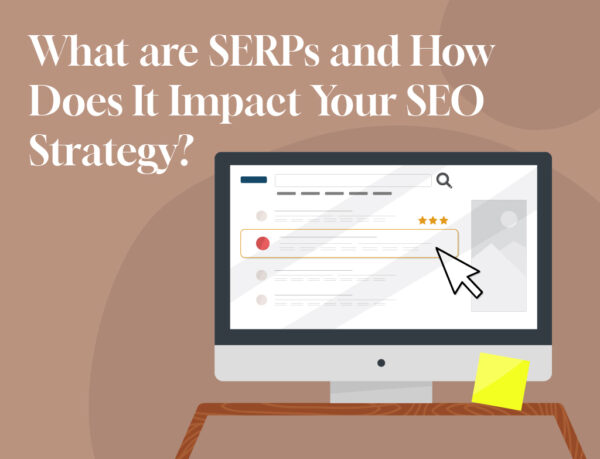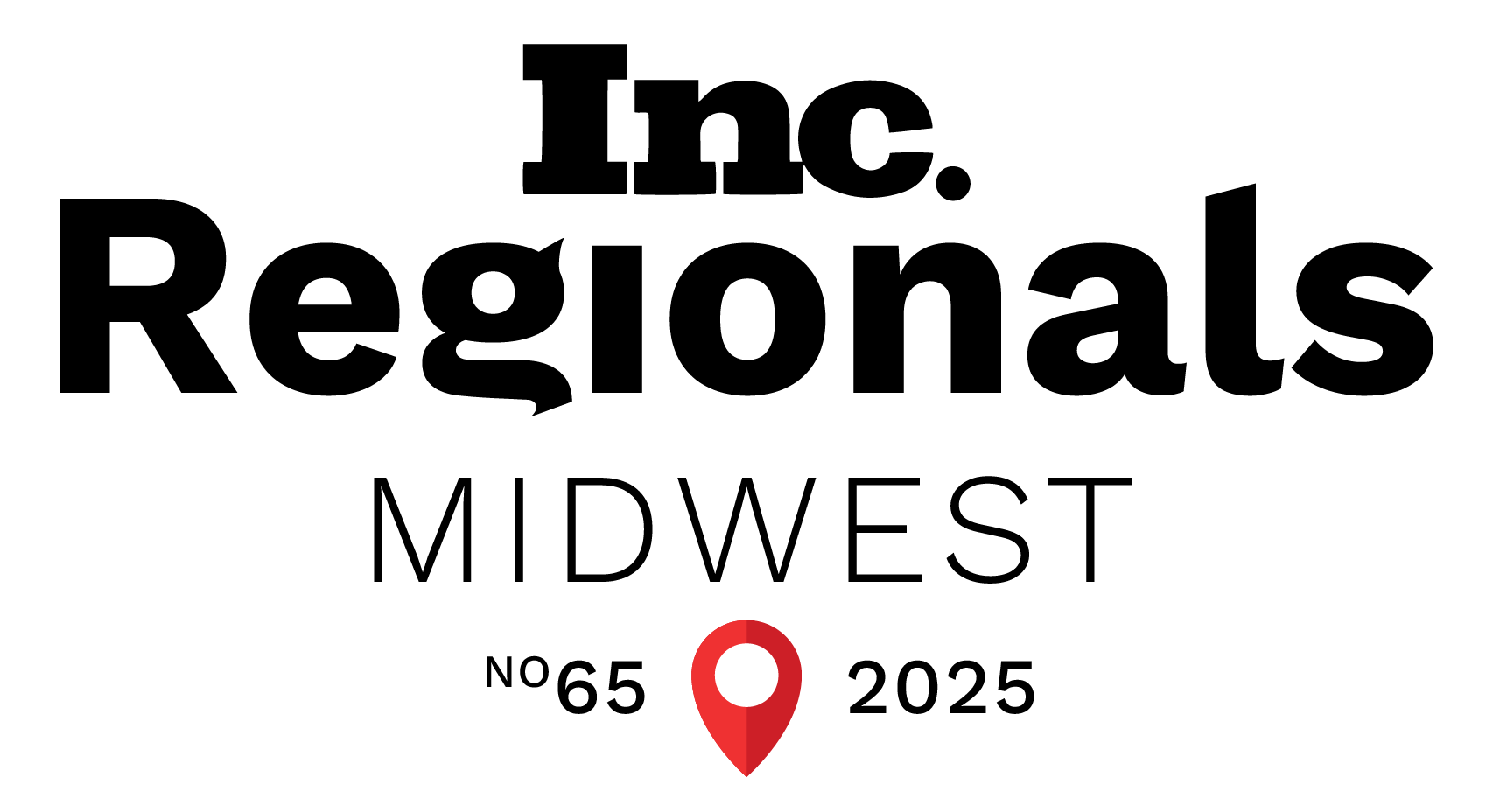Best Social Media Practices You Need to Know About

In This Article
Back To The Basics
Before we get to the nitty-gritty of how to best practice social media, let’s go a little further back (or take a step outside) to the why we post on social media. Posting on social is a chance for direct communication with your audience. Every post represents who you are, so every post needs to be made with a purpose. Whether that purpose is to make your customers laugh, inform your followers, or show off your human side (national pet day is April 11 if you’re interested!), every piece of content that goes into the internet world should have intention behind it.
Just about everything we see has an effect on us and sparks a thought. Advertisements are an obvious example, but all the little things around us evoke reactions, too. You choose one coffee cup over another because it’s handmade or your favorite. A certain smell may bring you back to a sweet childhood memory. And the words we read online absolutely persuade us to feel or think something.
When people see what you have to say online, whether they love it or not, you will make an impression. That is why every post, every impression, everything you put into the world, needs to have a purpose. Here are some tips on how to up your social media game and drive that purpose home.
Brand Guide
The first rule of thumb of social media best practices is to establish your brand. A brand guide, also known as a style guide and brand strategy, is an informed visual plan for your company’s design. Your brand guide sets the voice and tone of the content you create. They include logos, fonts, colors, and the voice of your company. Having an established brand guide sets the stage for who you are on your social media platforms.
Social Media Strategy
A social media strategy is key for practicing social media. A social media strategy is a set of goals that you would like to achieve from your social media presence through marketing and advertising.
One of the most important components is keeping metrics and measuring your data. Make buyer personas, your brand guide, and a content marketing strategy. Don’t worry, we’ve got your back with strategy development (this can be a tad overwhelming)!
Audience
Your audience should be one of the main components of your social media strategy. If you know your audience, then you will know how to market to them. It’s essential to know which types of content are best for your audience.
Audience Determines What Network To Focus On
Different people use different social media platforms, so knowing the activity of your audience on each potential platform is key. This can sometimes bring some constraints to your marketing. Pinterest is a wonderful tool to promote your business visually, yet it lacks the chance to publicly converse with your customers, unlike Facebook or Twitter. Each platform has its advantages and disadvantages. Each platform you choose to be active on will present great opportunities for communication in different ways than your other social accounts. This leads us to…
Be Different Across Networks
Every social platform should be consistent with your brand guide, yet there should be different content between social media platforms. We know how tempting it is to copy and paste from one social platform to another, but adding variety between platforms hits different audiences.
Be Flexible
Just as we as people grow, so will your company and your social media presence. This means that, although you have an established voice and tone, allow yourself some flexibility. Be aware of how your audience reacts to your social media practices and continue to adapt.
You may have to revisit your strategy of what works for your company. At the same time, stay true to who your company is at the core.
Experiment With Timing, Establish A Schedule, Remember Time Zones
Here at metric, our home is in Michigan, but our team lives all across the country! Know where your audience is so you can post in a certain window of time. If a virtual Digital Summit event is happening at noon Eastern time, we’ll want to post about it earlier in the day for those of you who live in California. Establishing a schedule is especially important if your business interacts across states, countries, and nations.
If your business stays local, experiment with timing. When in the week do your posts get the most reactions? Once you have an understanding of when best to post, voila! Happy scheduling!
Use The Right Sizes
This may be one of the most important visual rules when it comes to best practices for social media. Every social media platform presents images in different dimensions. Here’s a little cheat sheet for social dimensions in 2021:
- Twitter Stream: 1024 x 512 pixels (px)
- Instagram Feed: 1080 x 1080 px (square); 1080 x 1380 px (portrait)
- Facebook Feed: 1200 x 628 px (landscape)
- LinkedIn Feed: 1200 x 627 px
We hope this helps when designing for your social media accounts!
What Is Your Competition Doing?
To be the best in the market, pay attention to the conversations your competitors are having. What are they doing on social media? Understanding your competition will make you a leading voice in your industry.
Want to see firsthand what your competition is doing with Facebook ads? There’s a great tool for that: Facebook Ad Library. Search any company, and if they’ve ever run ads, you’ll be able to see them.
Show Off Your Team Members
In order to show off your company, show off the people within your company. Bring humanity back into social media by humanizing your brand. Connection is important, especially now in our current era of isolation. Seeing the people behind the brand helps build trust with your audience.
Some Quick Tips N’ Tricks:
- Does your company have the capacity to do contests or giveaways? Try it out to see how it drives traffic.
- Be careful with the hashtags you use. Have someone proofread over them. Combining words can get messy sometimes
- Always always always respond to people who message your accounts.
- Know who is logged into your business’s social accounts. If someone who no longer works for you has access, remove them.
Social media best practices require strategy, attention, and intent. No matter how you run your social media platforms, always remember to do so with a purpose!
Have any questions about social media or other marketing endeavors? Connect with us,
Must-read articles
Looking for something else?
There's so much more
Ready to Inquire?














